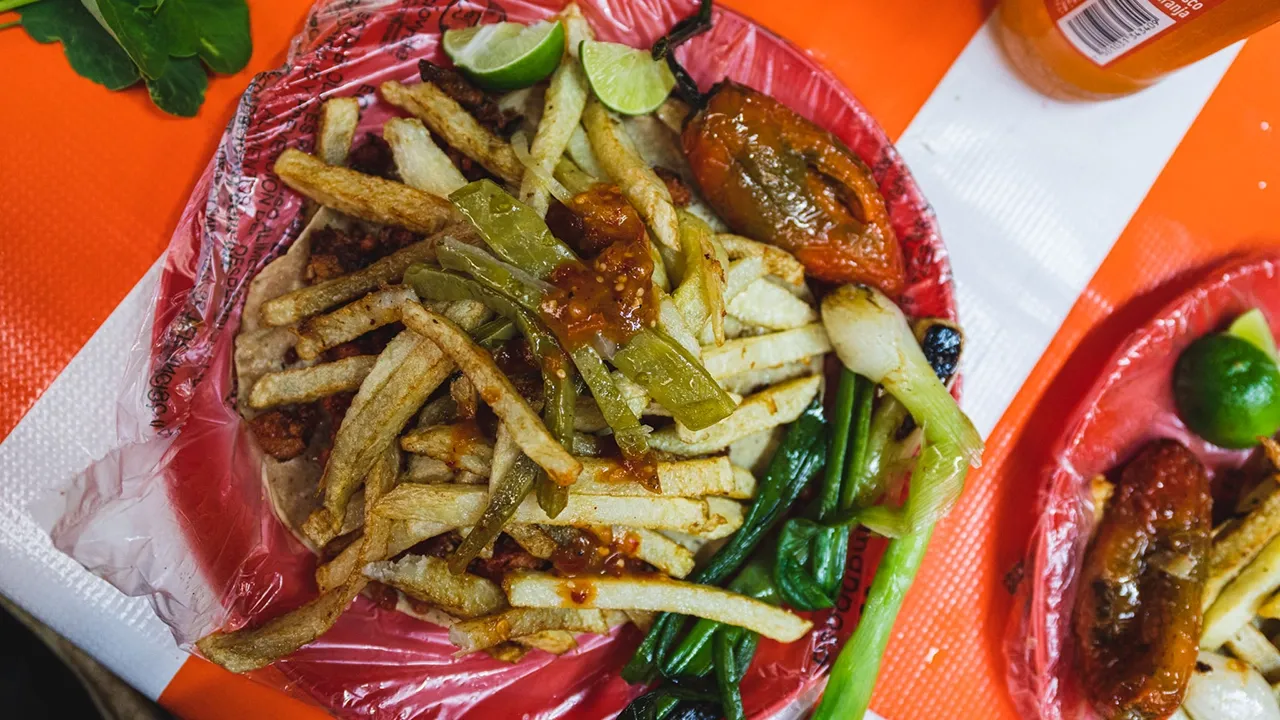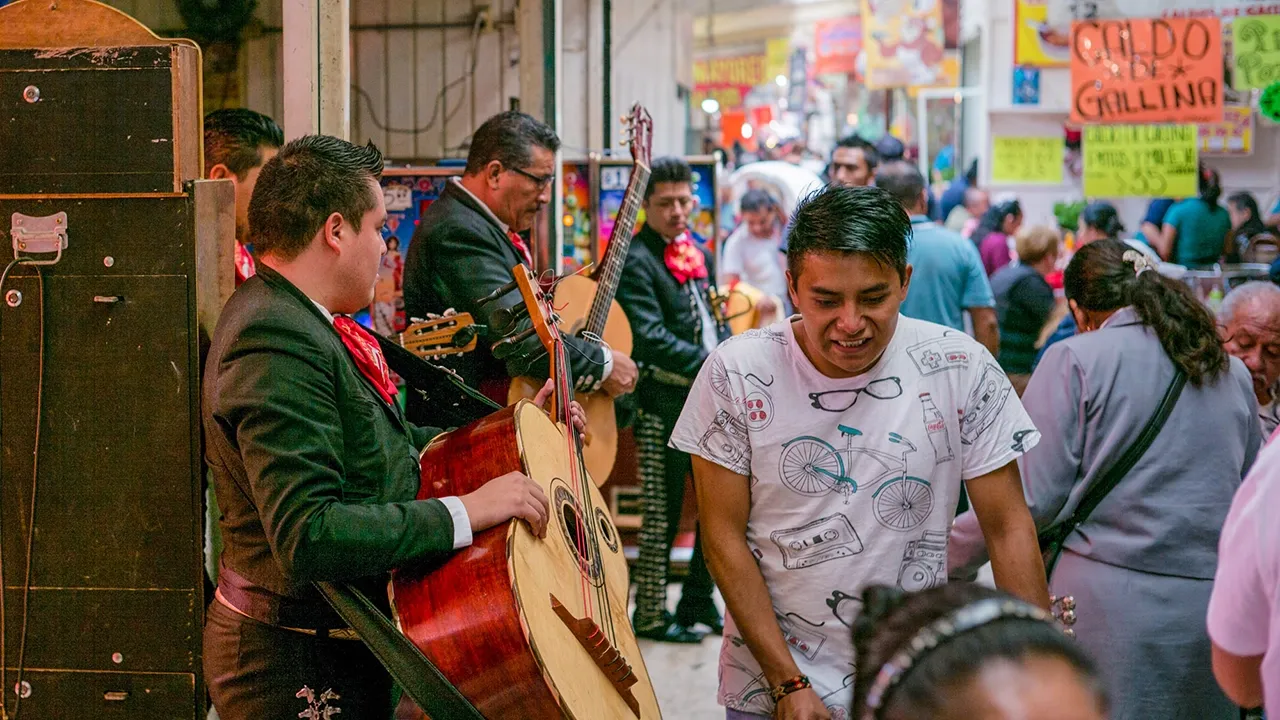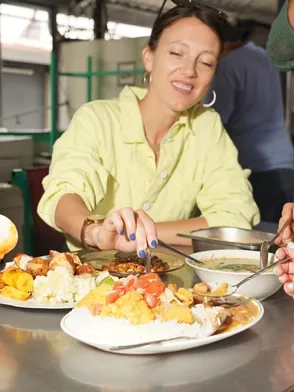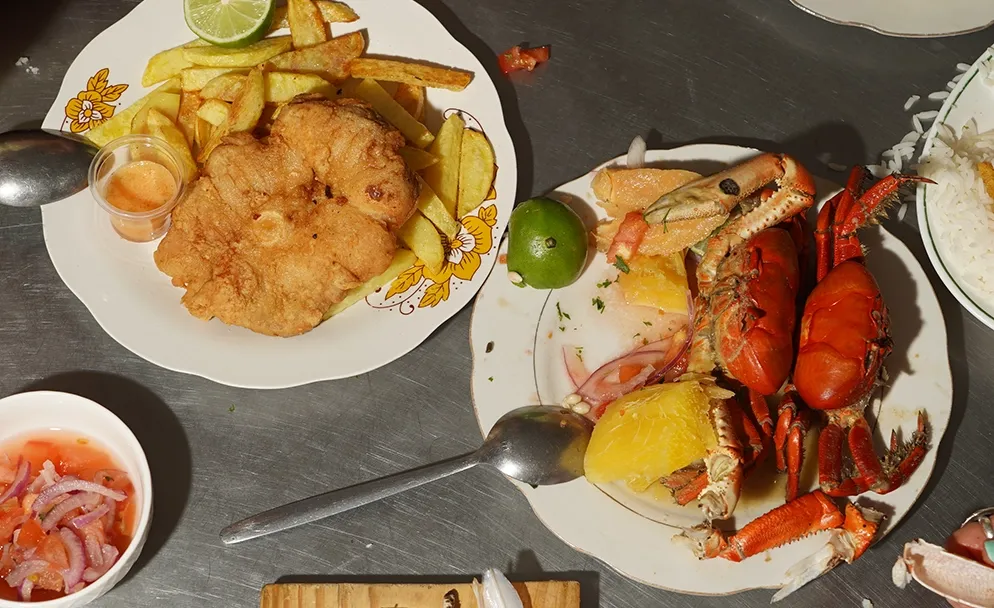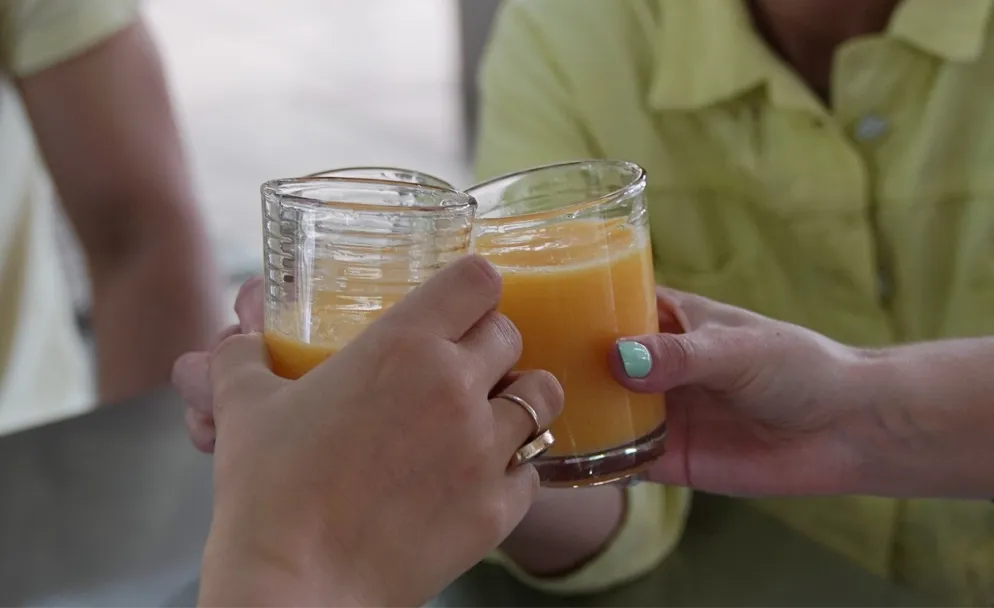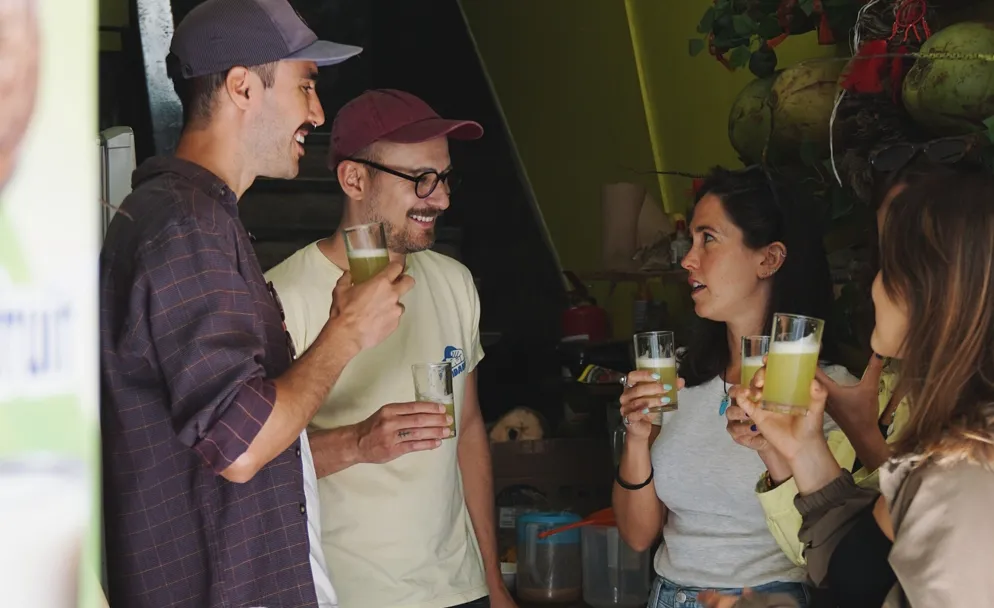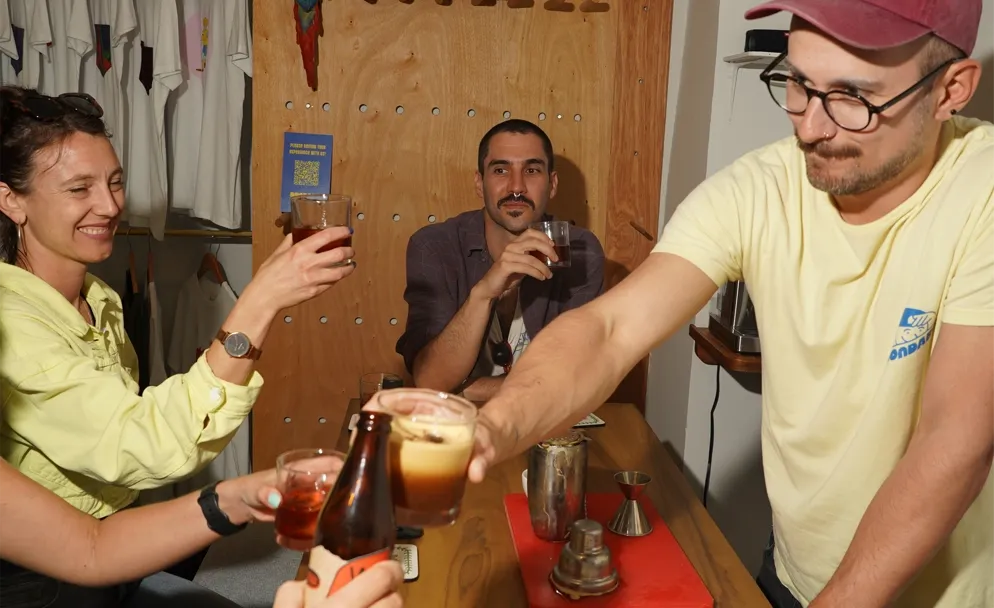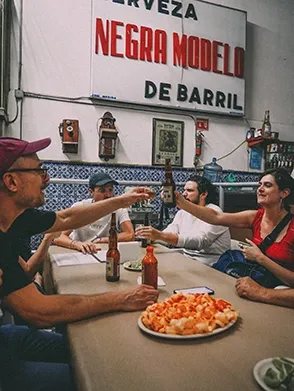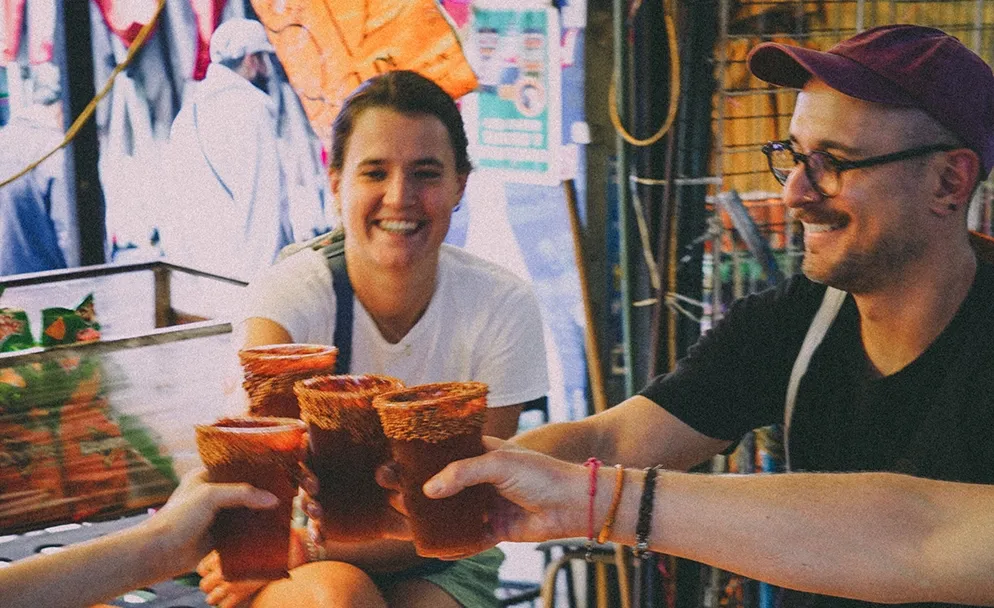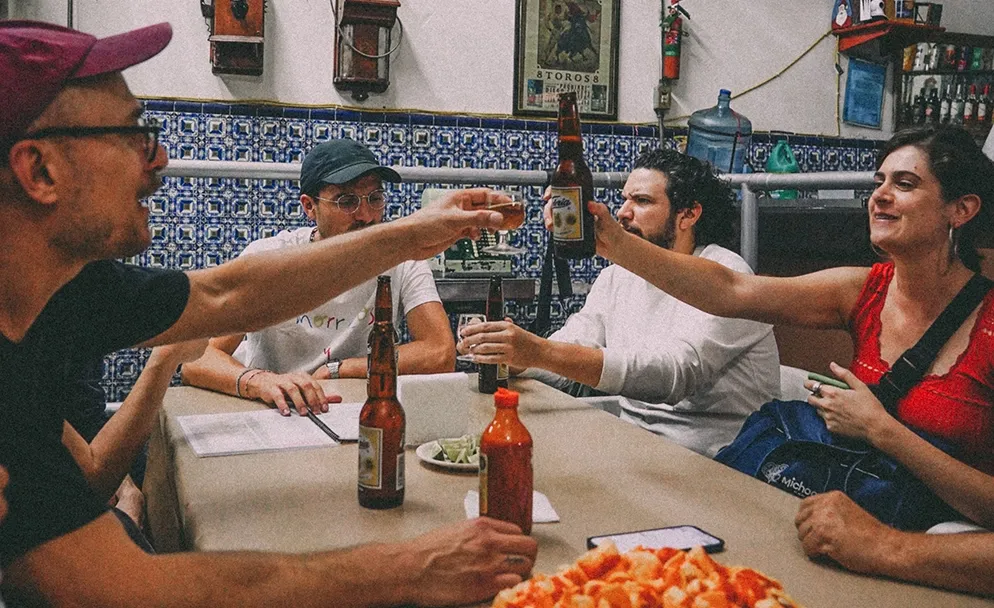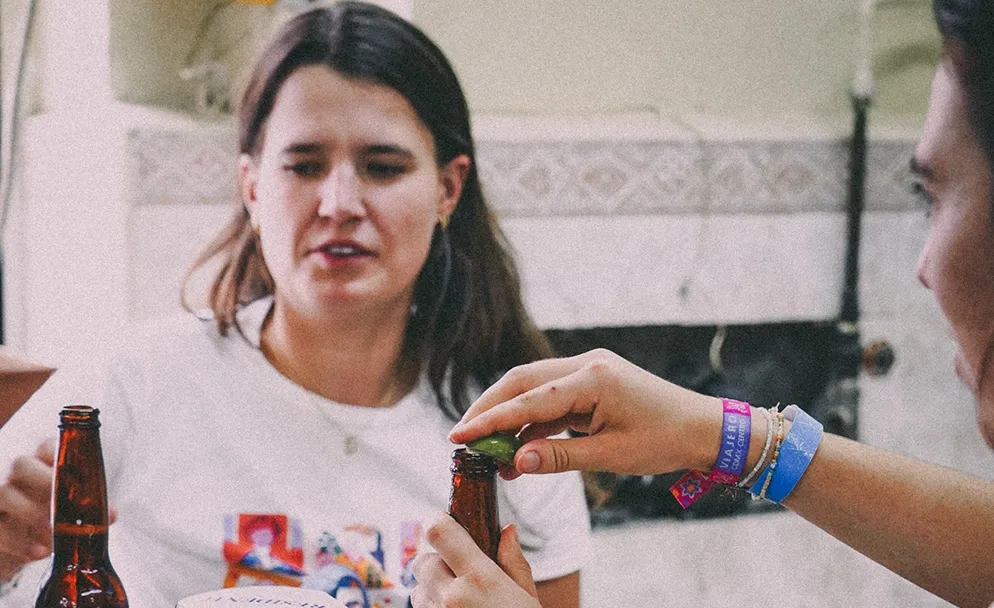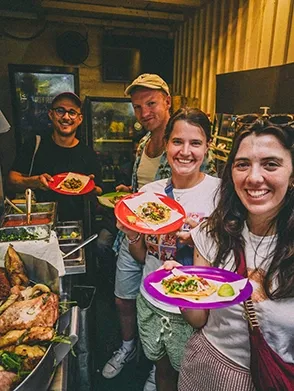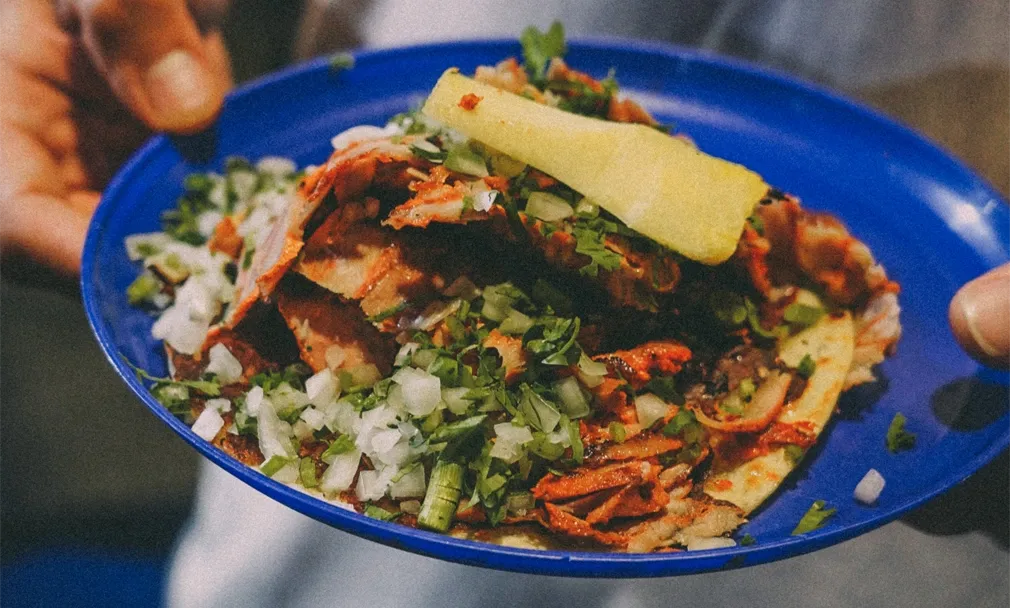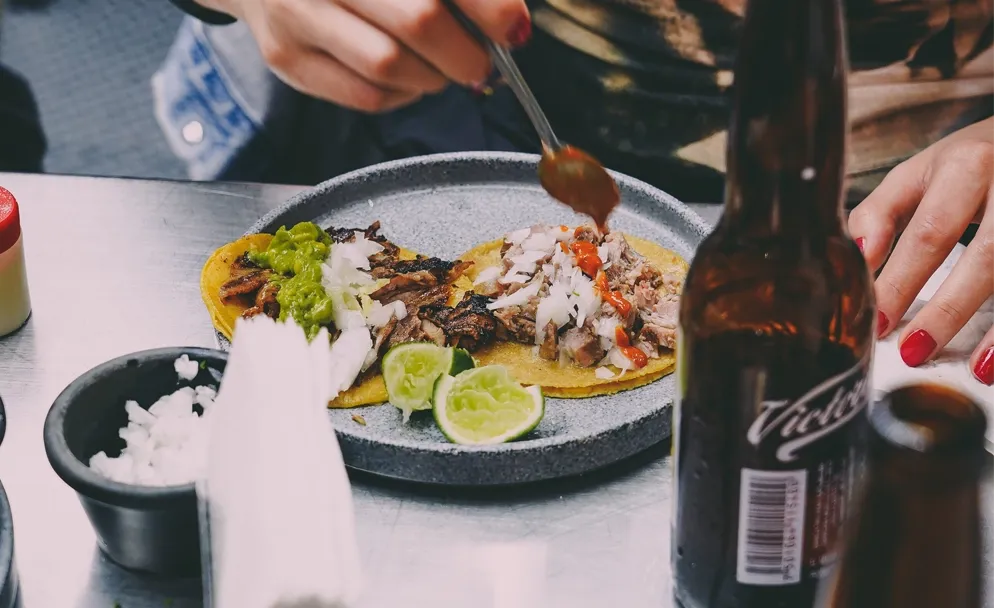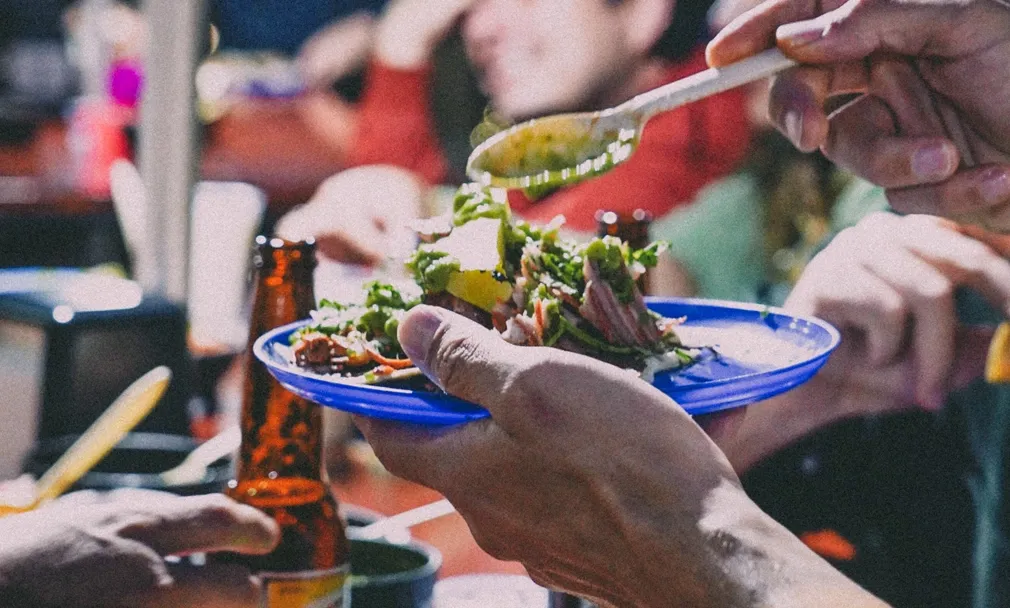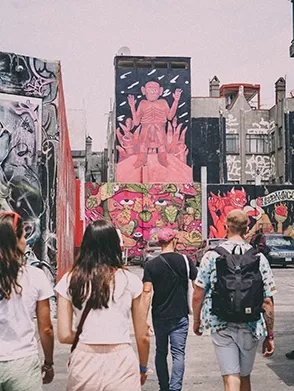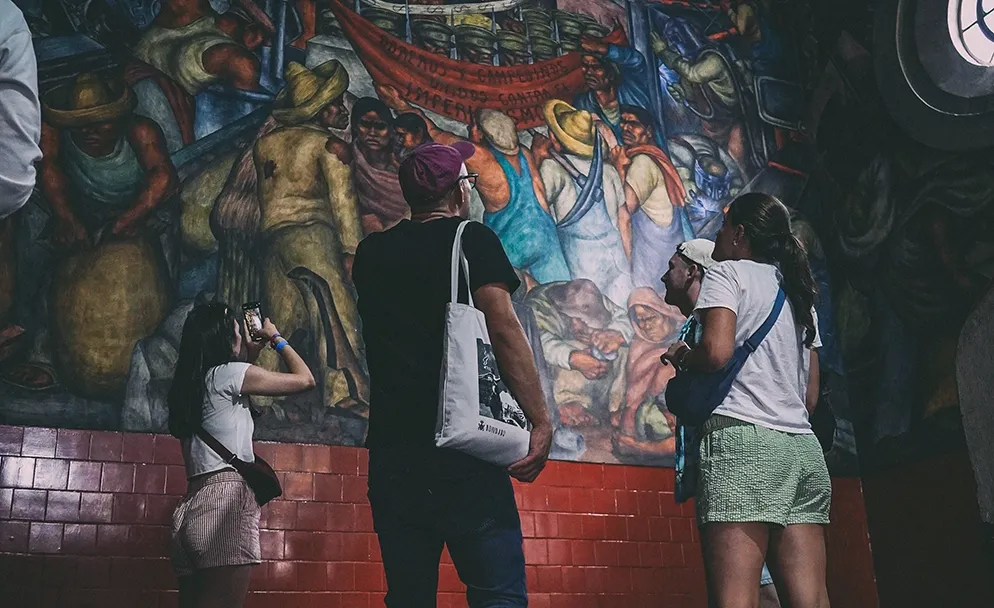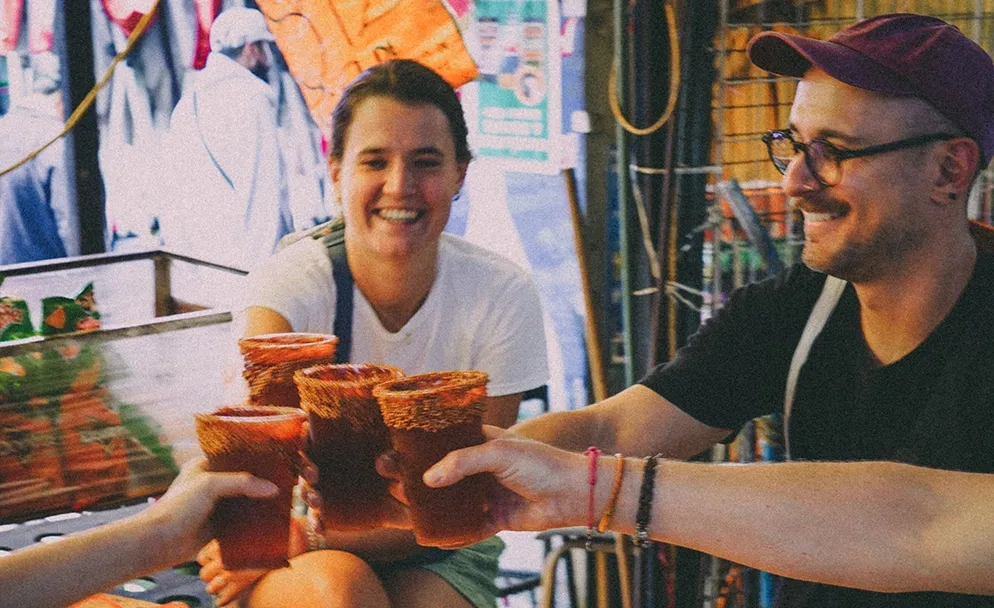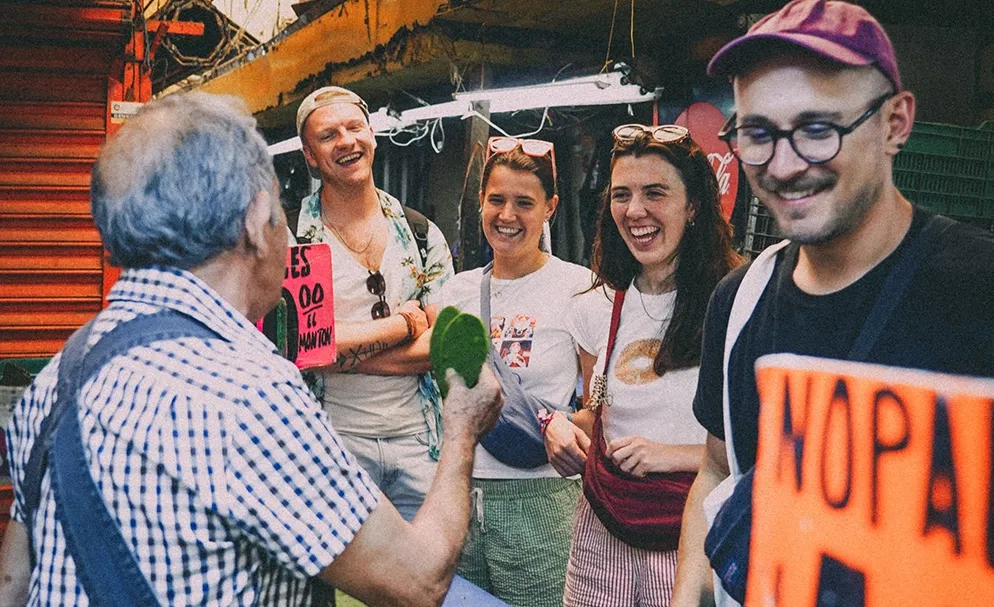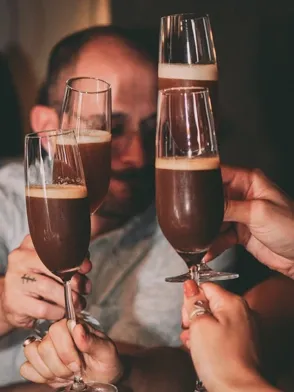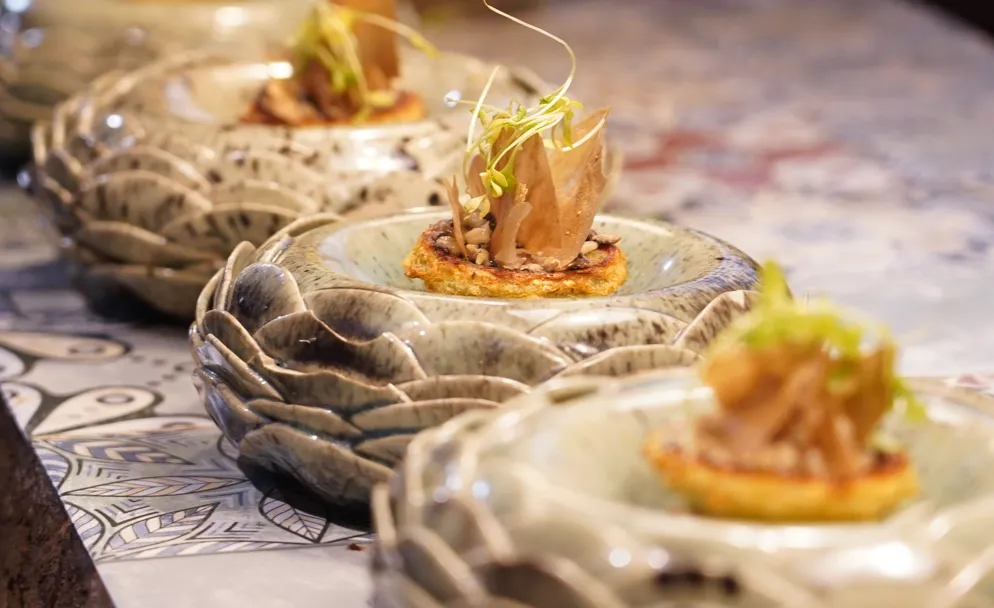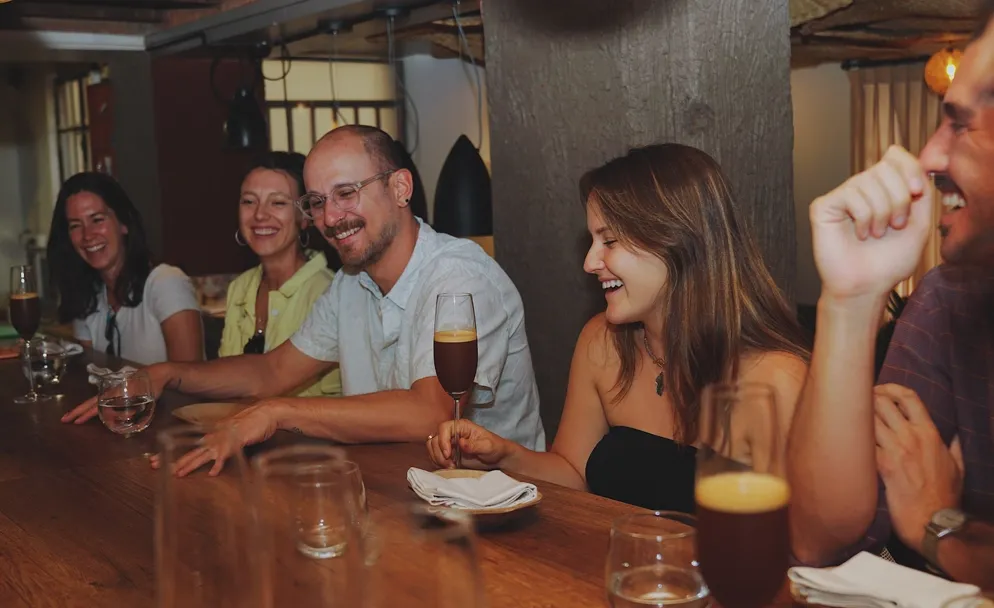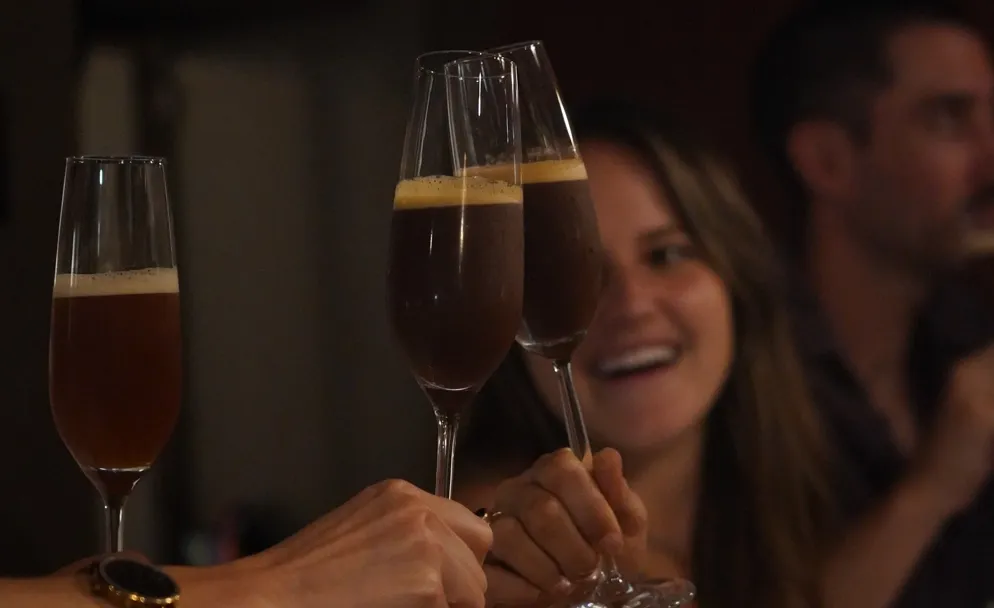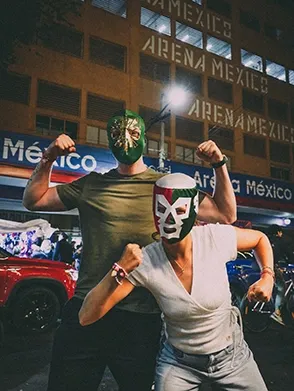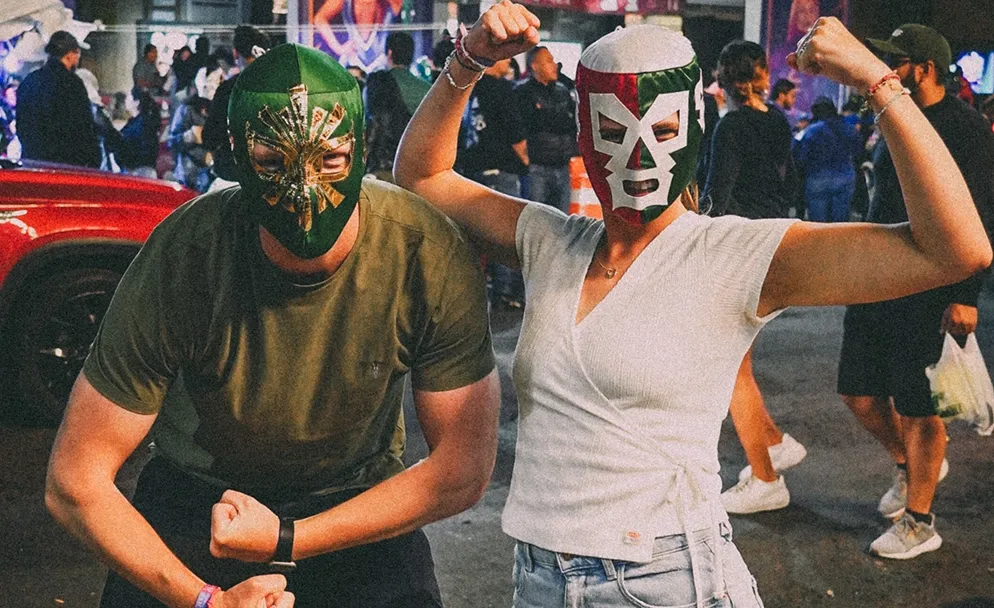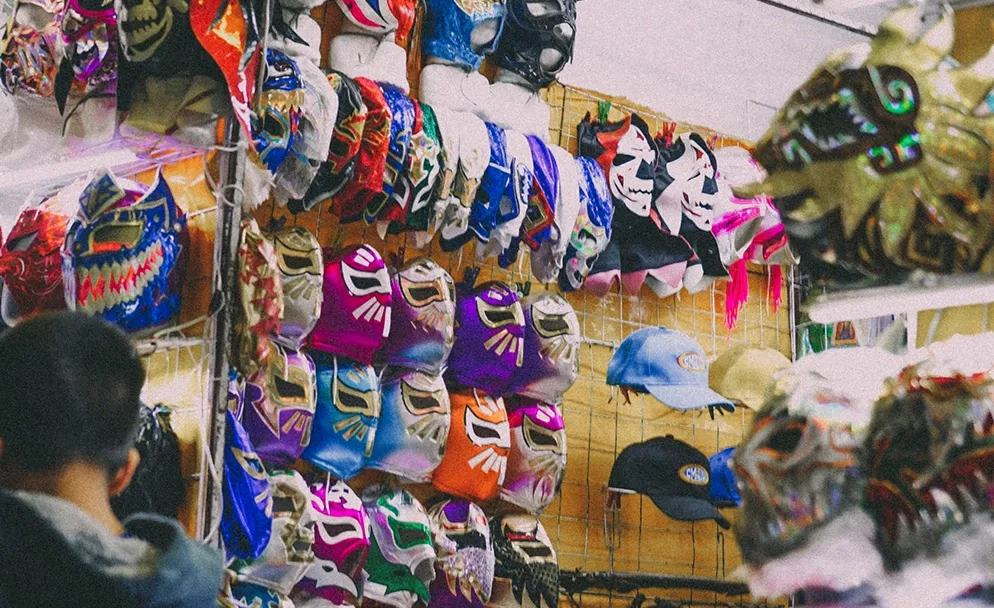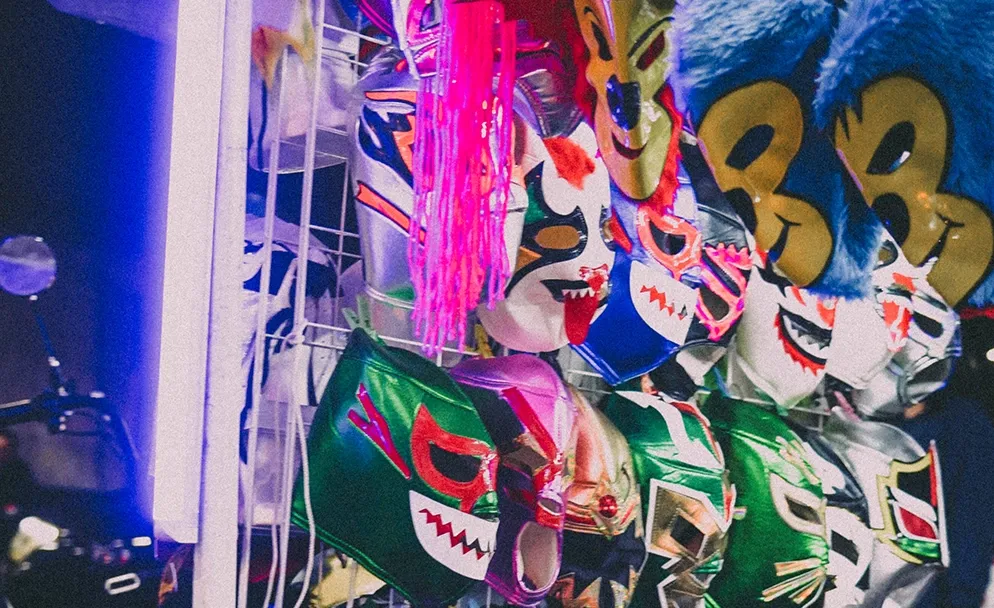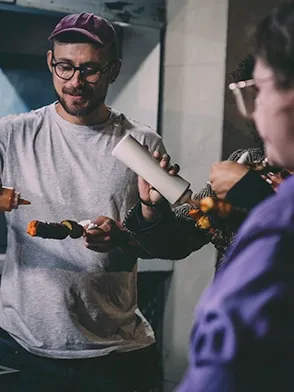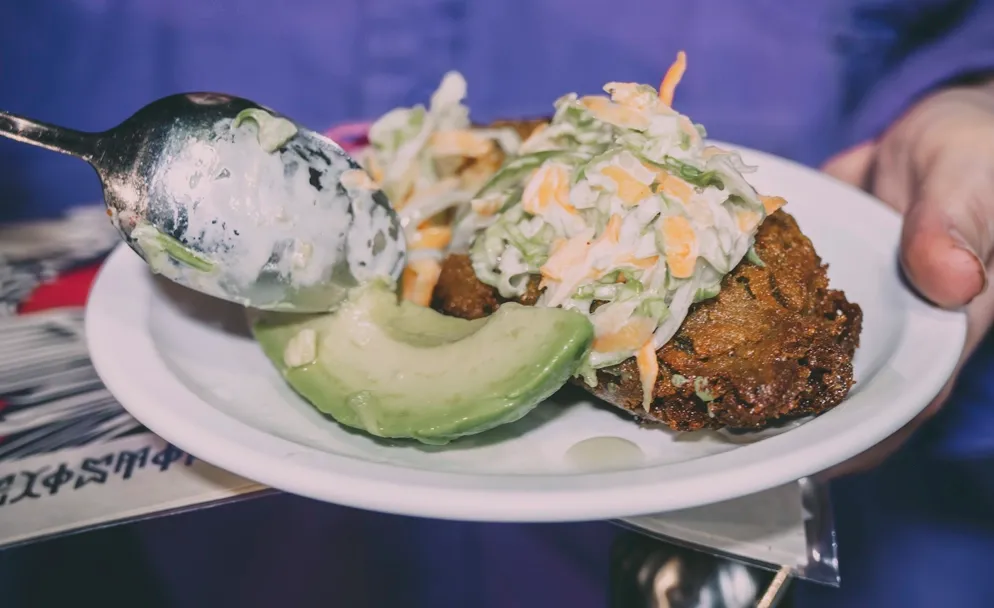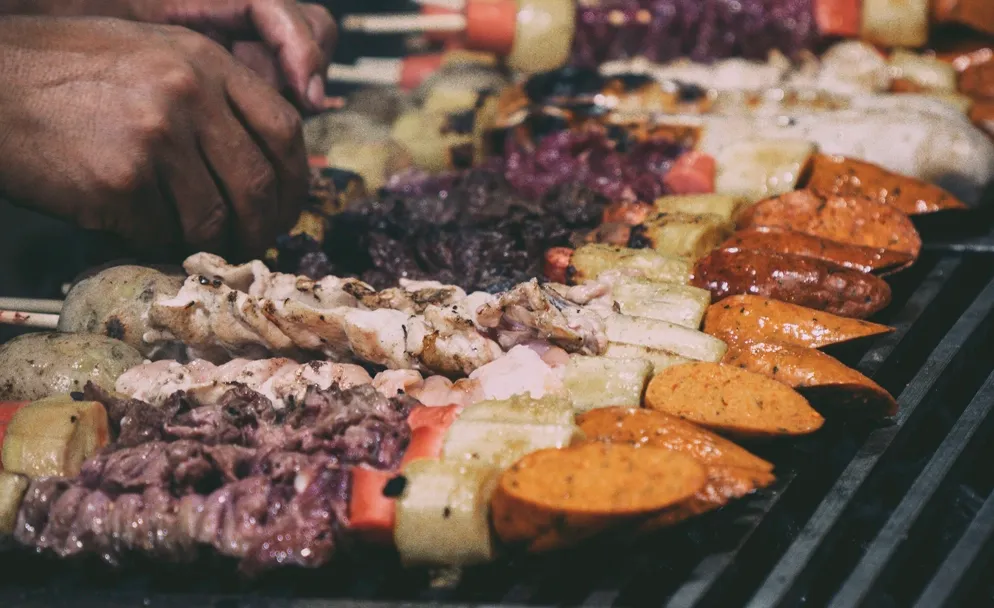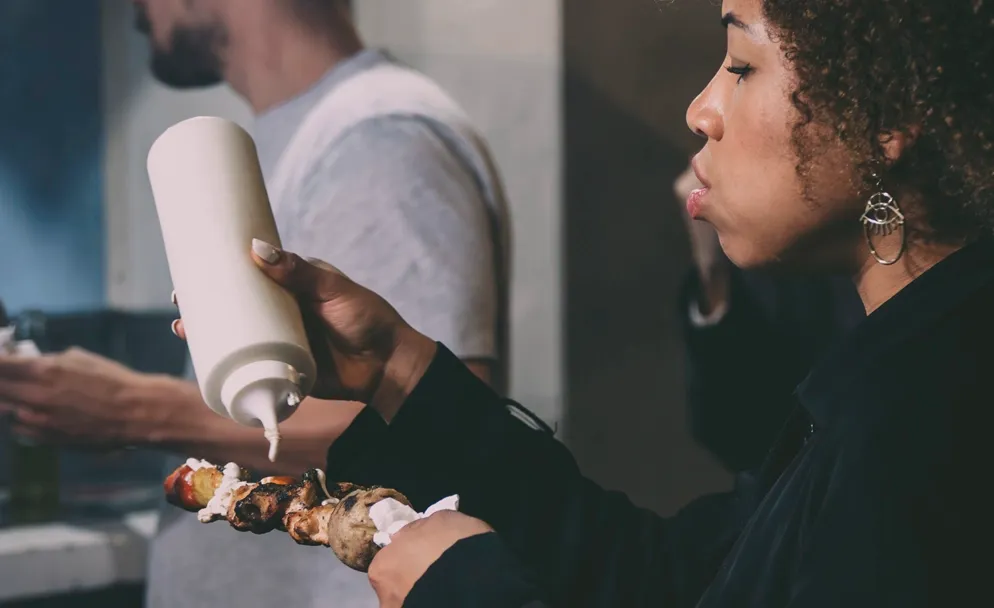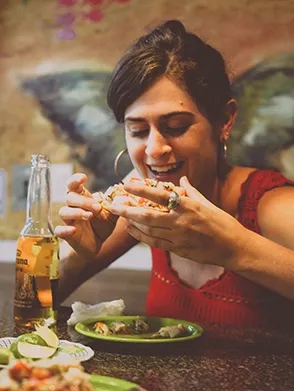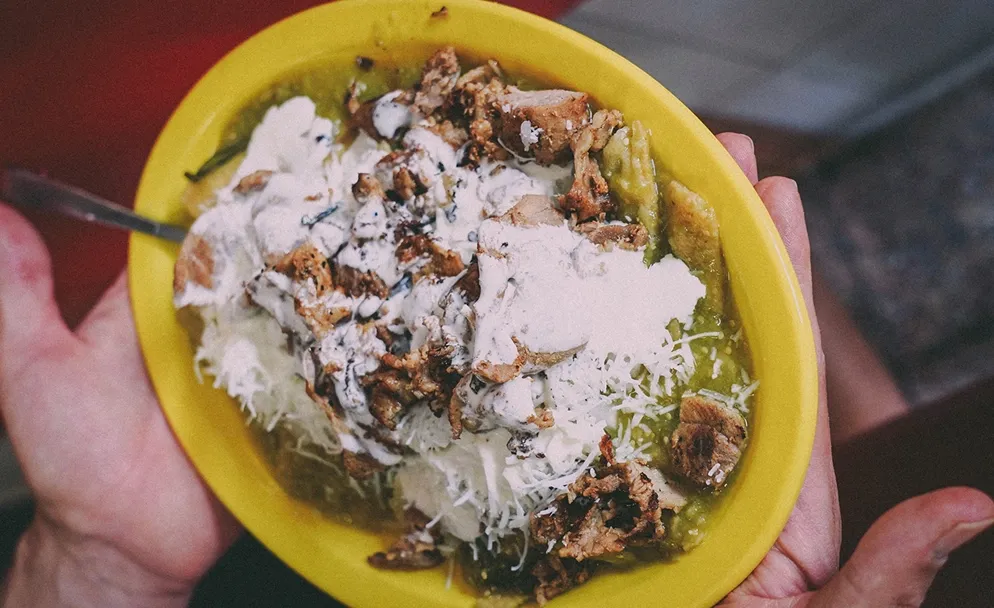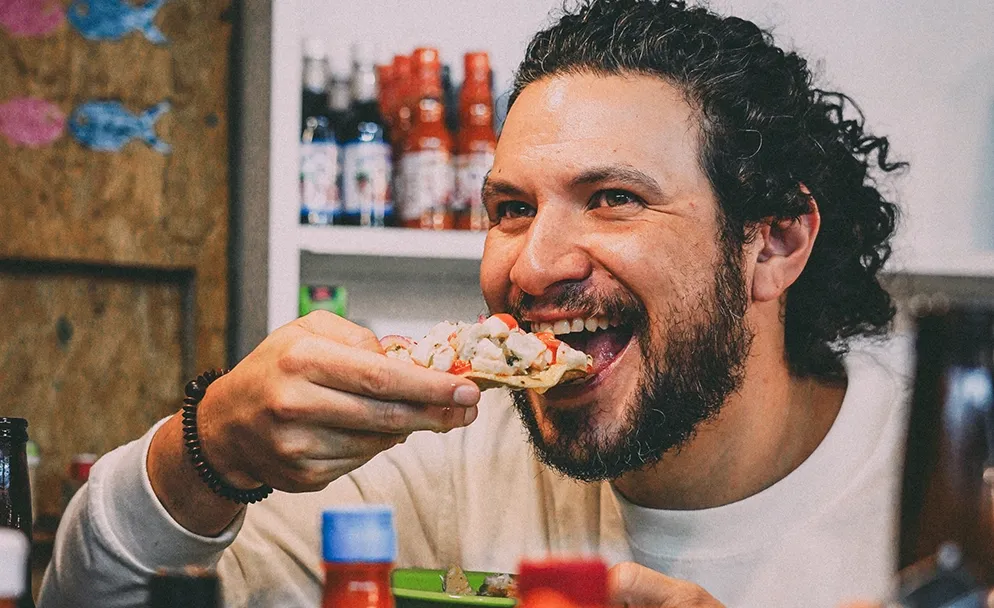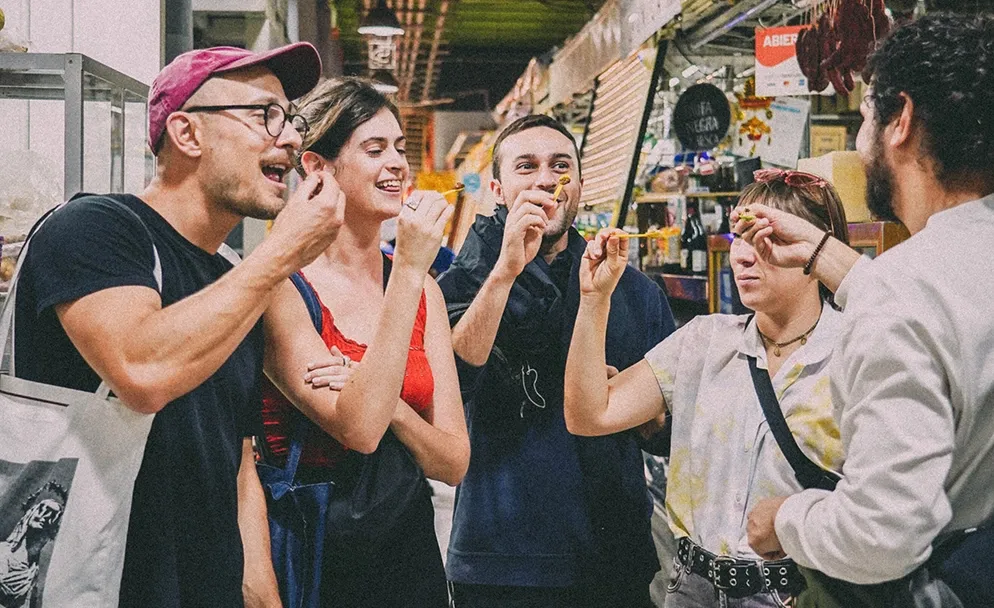Tequila, born from the heart of Jalisco is one of the most famous spirits world wide, often associated outside of Mexico with rough parties, questionable mixers and terrible hangovers, this agave-based elixir boasts a rich history and a range of flavors that can surprise even the most seasoned drinkers.
Blue agave or its scientific name agave tequila Weber blue is the sole ingredient that can be used to produce authentic Mexican tequila. t's crucial to differentiate it from other agave species, as they are used to produce different spirits like mezcal. This succulent plant, native to some regions around central Mexico, is the cornerstone of this distinct spirit. Its unique flavor profile, usually characterized by earthy, vegetal notes with a touch of sweetness, is what gives tequila its unique character.
How is Mexican tequila done?
The special process of making Mexican tequila begins with the harvesting of the agave plants typically around seven to eight years old. This hard task, known as jima, is performed by skilled farmers using a sharp tool called a coa. The heart of the agave, known as the piña (pineapple), is then extracted.
This piñas will then be cooked in a traditional oven, which is a transcendent step of this long process, because it breaks down the plants complex sugars into simpler forms. The cooked are pressed to extract to get aguamiel, a sweet liquid that will be fermented with yeast, converting sugar into alcohol, this process can take up to several days.
The product of the fermentation, known as mosto is distilled in copper pot stills. Mexican tequila must be distilled at least twice to meet regulatory standards. From the first distillation comes a low-alcohol liquid called ordinario, which is then distilled again to make the final product.
It’s importante to mention that not all tequila is aged, blanco tequila is unaged, while reposado is aged for at least two months inside oak barrels. Añejo tequila has to be aged for a minimum of one year, and extra añejo for at least three years. The aging process significantly changes the flavor profile, even though the best experience depends fully on the palate of the drinker.
Once this process is complete, the tequila is diluted with water to achieve the desired alcohol content and then bottled. Nowadays there is tequila companies that send the final product to other countries to be mixed with top quality water, making tequila an always changing experience.
What’s the best way to enjoy tequila?
When talking about experiencing tequila, everybody is right! Every single tequila lover has its way to enjoy this magical drink, from the traditional way of sipping it on its own or accompanied with sangrita (We´ll talk about sangrita in another post), to classic cocktails like margaritas or palomas.
If you ask me, the best way to enjoy tequila is going to a traditional cantina, specially the ones in downtown Mexico City and get an Herradura blanco with sangrita and cold Victoria on the side, if you happen to do so on a Friday evening, you may be lucky enough to do so in a crowded place often accompanied by live traditional music.
¡Salud!
